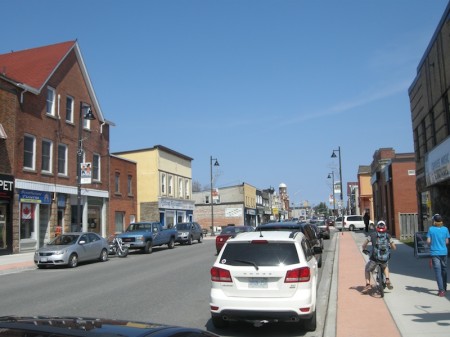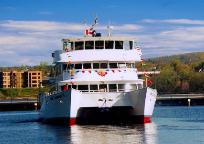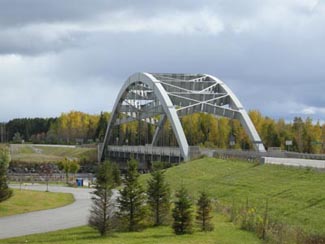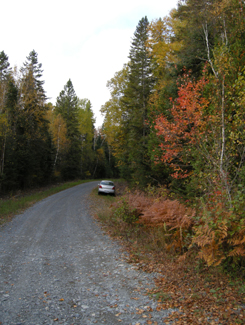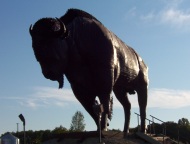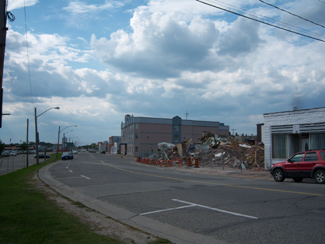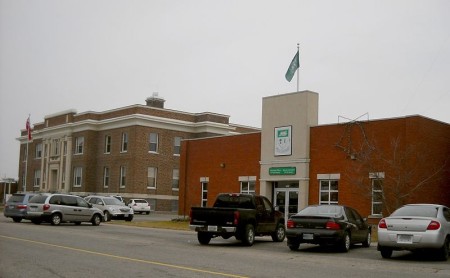As you travel north on Yonge Street from Bradford, you’ll pass through two hamlets, both home to two churches sitting atop a hill. One, is the very aplty named Churchill.
Churchill is pretty tiny. There isn’t a gas station and there might have been a variety store, although I don’t recall one. But with its two churches and a couple of old buildings, it’s kinda quaint. There is a curling club, a store named Steeples that sells home decor, fudge, and pies, a garden centre (gotta love those multi-faceted Highway 11 stores), “Skydive Toronto” (isn’t that a bit misleading?), and, most importantly, a cowboy boot store.
Yes, you read that correctly – a place that sells western boots. In a town that doesn’t even have a gas station. If that doesn’t scream Highway 11, what does?
I had to do a double-take. I couldn’t believe my luck. I pretty much pulled an immediate u-turn on Highway 11 – this is a big deal because there was traffic and when driving I’m cautious to the point of anal. (You don’t know how many cool photos I’ve missed because I’m unwilling to slow down, pull over or pull a u-ey. I missed going into Eagle Canyon in Dorion simply because I missed the turn and then didn’t feel comfy u-turning til I hit Thunder Bay, and by then I was too far away!) I couldn’t believe that there would be two western boot stores in between Toronto and Barrie (the other is in Innisfil.) I had dreams of finding a form-fitting pair of Tony Lama Regal Americanas in Antique Peanut or a pair of 11 EW Dan Post Justins in Cognac. But sadly for me, I was driving on a Monday afternoon. And in the off-season, Wild Wild West (which seems to run out of someone’s home) is only open on Saturdays from 11-5.
If you’re looking to venture off Highway 11, turn east onto Killarney Beach Road. A ten minute drive will take you to Lefroy, a cute little beach town (with a great fish and chips shop) that reminds me some of the little shoreline towns on Lake Erie.

A few years back I needed to buy riding boots for a ranch vacation. They wouldn’t fit in my luggage so I had to wear them on the plane. Despite being the cheapest boots I could find they were the most comfortable shoes I’ve ever worn. Not to mention the coolest looking too. So I’m a convert. I even have a fancypants pair for work!








